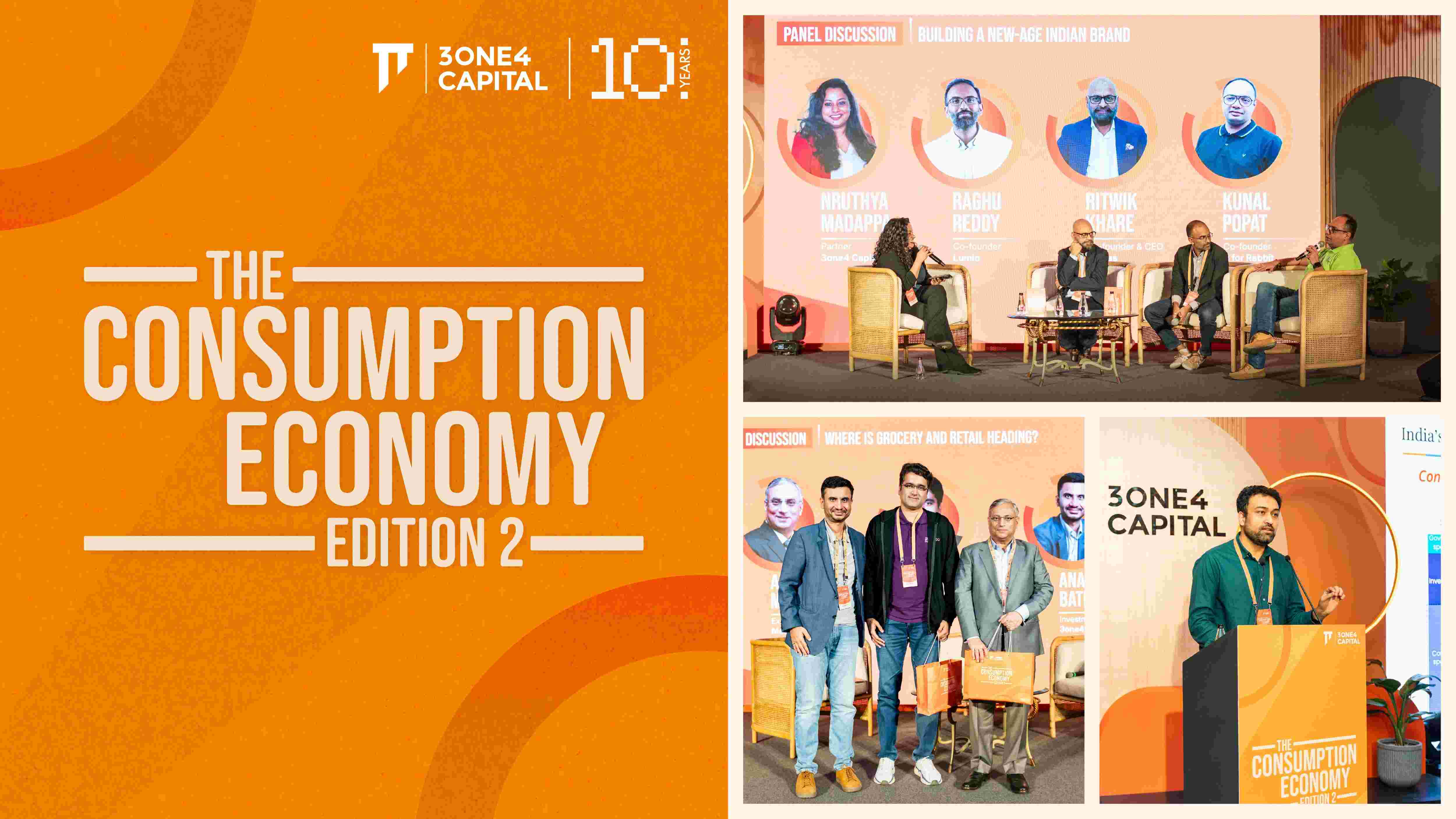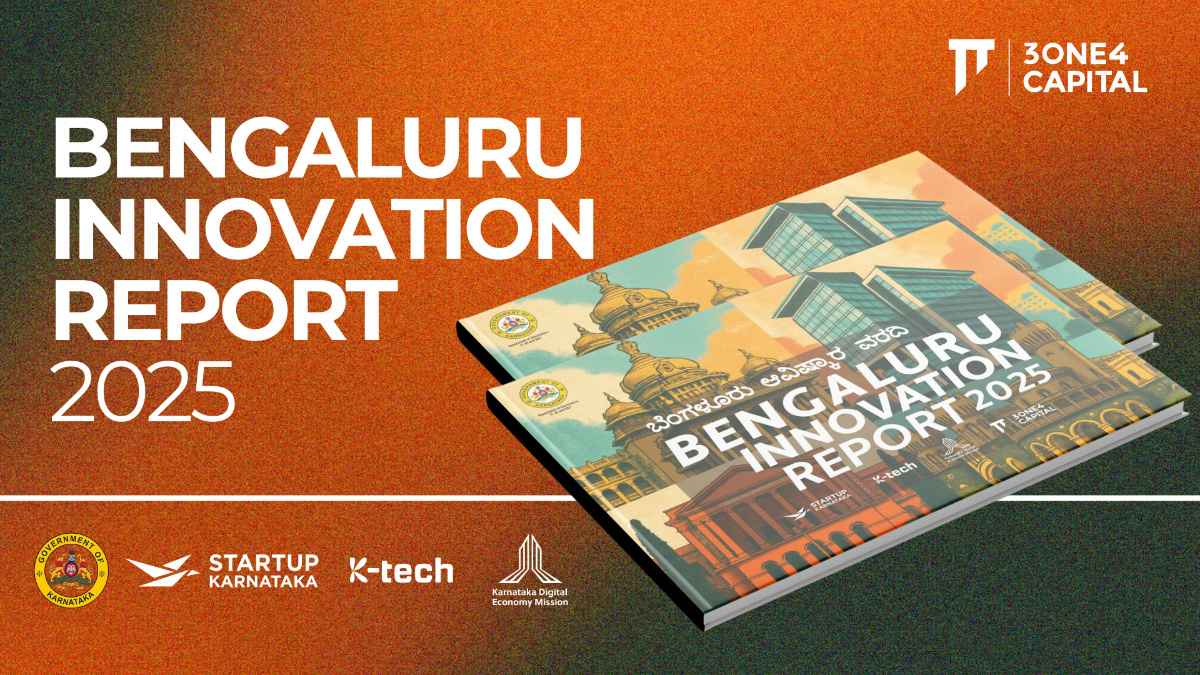
Fast Fashion, Slow Supply Chain: Balancing Speed & Efficiency
In the fast-paced fashion industry, customer preferences change rapidly with the seasons. Brands need to stay agile to keep up, navigating a complex and often disorganised supply chain. Managing the myriad of SKUs, with variations in style, colour, and size, is crucial to avoiding stock outs and meeting customer demand.
Unique Variables Shaping the Fashion Value Chain
1. Ever evolving customer needs
While this point has been reiterated numerous times, it remains vital to emphasise the evolving nature of customer preferences in the fashion realm and the seasonal fluctuations inherent to this industry.
The demand for outdoor clothing and “gorpcore” is expected to rise this year and brands need to launch collections incorporating style, functionality and technical elements. Simultaneously, with a major travel boom expected, brands and retailers have to adapt their category strategies in order to service this demand.
Failing to snag a trendy item certainly affects a Jane Doe, but it delivers a more substantial blow to the brand's bottom line and profitability.
Seasonal products often have higher turnover rates. Fashion brands experience an average inventory turnover of 4.5 times per year, reflecting the rapid changes in product lines to keep up with seasonal trends
2. An array of complex SKUs
Fashion products come in a myriad of variations, including different styles, categories, colours, patterns, and sizes. Each of these variations requires its own SKUs, adding layers of complexity to inventory management and logistics.
Managing this diverse range of SKUs effectively is crucial for optimising inventory levels, minimising stock outs, and meeting customer demand. Retailers must carefully consider these factors in store-level merchandising to ensure that they offer the right mix of products to meet customer needs.
It is estimated that brands can lose up to 10% of potential sales due to stock outs of trendy items, significantly impacting their bottom line.
3. Supply chain inefficiencies
At its essence, the fashion industry is heavily centered on design, resulting in the outsourcing of the majority of the value chain from sourcing to production. Consequently, brands find themselves entangled with multiple suppliers and manufacturers, navigating through a highly disorganised sector scattered across the globe.
While outsourcing offers cost advantages and flexibility, it also introduces complexities and risks into the supply chain. Brands continually scramble to keep pace, navigating the unorganised and complex maze of the supply chain. Coordinating production schedules, managing quality control, and ensuring ethical sourcing practices across a network of external partners require robust supply chain management processes and effective communication channels.
From a macro industry standpoint, the numbers are staggering: the average lead time spans 180 days, with MOQS starting at 2000 units. Consequently, brands often lag behind trends, leading to surplus inventory and ultimately delivering a sub-par customer experience.
Implications for Brands | The Margin Squeeze
Due to the pandemic, inflation has surged, impacting the fashion supply chain by raising the cost of goods sold (COGS). Brands are striving to prevent a decline in sales by refraining from passing on these costs to consumers. Instead, they are absorbing the expenses and accepting reduced profit margins, resulting in an ~12% point gap between Mar’22 and Mar’23.
To initiate production, brands must fulfil a significantly high Minimum Order Quantity (MOQ) requirement, determined by factors like garment type, materials, and production method, when placing orders with manufacturers and suppliers. This ensures a steady demand for suppliers and maximizes their utilization. Coupled with this, brands encounter extended lead times due to factors such as raw material availability, production capacity, and shipping logistics.
While excess inventory affects brands of all sizes, the larger brands have taken a huge hit. 62% of major retailers, in contrast to 42% of SMEs, have acknowledged grappling with surplus stock. Several top global fashion players reported excess inventory, some reported an increase of 40%, this has resulted in brands offering steep discounts which impacts the bottom-line. Consequently, brands are compelled to slash prices significantly, which impacts their profitability. This trend is underscored by the widespread impact of inventory issues on larger brands:
- ASOS experienced a decrease in sales amounting to €160M and found themselves burdened with excess inventory valued at €1B. To address this issue, ASOS collaborated with Secret Sales to liquidate their surplus stock at significant markdowns.
- In 2022, Gap found itself grappling with $30.4B in inventory, marking a 37% YoY increase. This surge was attributed to supply chain disruptions and excessive purchasing. In response, the brand reduced its prices to address the situation. Although Gap managed to control their inventory by 2023, their merchandising margin suffered a 5% decline.
- Under Armour had an inventory worth of $1.2B while its profit margins fell by 3%. The company opted for substantial discounts to alleviate their inventory burden.

The buildup of inventory has had a detrimental impact on the Cash Conversion Cycle (CCC). Industry-wide, the CCC surged by 12 days in 2022 due to supply chain disruptions and mismatches between demand and supply levels, exacerbating the situation.
In 2022, companies within the apparel and accessories industry took an average of 25 days to turn sales into cash proceeds. The sector held 128 days’ worth of inventory, and payments to suppliers were generally made within an average of 63 days.
Need to Overhaul the Approach Towards the Entire Value Chain
There is usually a trade-off between an efficient and responsive supply chain:
- Efficient: This strategy primarily focuses on cost efficiency and productivity. It emphasises high utilisation rates and bulk orders to achieve economies of scale, but results in longer lead times. This approach is effective in stable markets with predictable demand. However, fast fashion is a different story.
- Responsive: In contrast, this approach prioritises flexibility and turnaround time (TAT) to respond to market demands. It emphasizes reducing lead times and the capacity to quickly scale production up or down based on demand. This is particularly relevant during the sampling stage, where a faster turnaround time can inform the designs that need to be rapidly scaled.

While efficient supply chains are cost-effective, they may struggle to adapt quickly to market changes. Conversely, while responsive supply chains excel at handling market volatility, they often incur higher operating costs. Therefore, there is a need to create a both efficient and responsive supply chain.
In this industry, where design and development play pivotal roles and the majority of the value chain is outsourced, investing in advanced technology may not always yield the desired returns, especially for small and medium-sized enterprises. However, maintaining visibility throughout the entire value chain remains essential for ensuring an agile and effective supply chain.
In this context, a partner vendor needs to possess both technological expertise and an extensive network of suppliers and manufacturers. Beyond representing brands, the vendor should strive for deep integration with suppliers, helping them optimise operations for maximum efficiency and addressing working capital needs. Leveraging the supply moat, such a partner would seamlessly integrate into every stage of the supply chain, consistently adding value and enhancing operational efficiency for the brands.

This would entail the following:
- Rapid trend identification and designing
Regularly developing new styles, on a weekly or monthly basis, is crucial to build and maintain edge in this industry. And this requires a delicate balance between current market trends and the company's historical performance. Gathering nuanced data from sources like sales metrics, app usage analytics, and feedback from diverse channels etc is essential for this endeavour.
- Supply-informed design
More than often, the demand engine operated without insight into the supply side of things. A supply informed design can entail minor changes to the design (which is in line with the trends and brand preference) which can be incorporated to trending yet profitable designs.
- Faster RM sourcing and sampling + production
Through deep integration with suppliers, the vendors can enable the brands to place lower MOQ, particularly during the sampling phase. This strategic approach enhances the brand's ability to achieve better first-time-right (FTR) outcomes and ensure higher product quality. Consequently, brands can swiftly identify successful styles and efficiently ramp up production, effectively mitigating inventory risks.
- Quick response and information sharing
Often, the fashion supply chain is fragmented and operates in silos. Gaining visibility is crucial to optimize the entire process, which requires a strong emphasis on communication and collaboration both within the larger organisation and at the factory level.
Shein | A Responsive and Efficient Supply Chain
With a focus on meeting user demands and keeping up with fashion trends, Shein releases approximately 2000 new designs on their platform daily. Yet Shein has managed to create a responsive and efficient supply chain.
So what makes Shein so unique?
- The company employs a "small order, quick reorder" model, testing new designs with small orders and adjusting based on market feedback to either scale up or down. This approach enhances customer experience while minimising losses.

Moreover, the company has strengthened its relationship with its supplier network by implementing the industry's shortest billing period and introducing a digital bidding system.
Data forms the cornerstone of Shein's operations, as they analyse information gathered from their app and social media channels to inform decision-making and optimise their supply chain.
DISCLAIMER
The views expressed herein are those of the author as of the publication date and are subject to change without notice. Neither the author nor any of the entities under the 3one4 Capital Group have any obligation to update the content. This publications are for informational and educational purposes only and should not be construed as providing any advisory service (including financial, regulatory, or legal). It does not constitute an offer to sell or a solicitation to buy any securities or related financial instruments in any jurisdiction. Readers should perform their own due diligence and consult with relevant advisors before taking any decisions. Any reliance on the information herein is at the reader's own risk, and 3one4 Capital Group assumes no liability for any such reliance.Certain information is based on third-party sources believed to be reliable, but neither the author nor 3one4 Capital Group guarantees its accuracy, recency or completeness. There has been no independent verification of such information or the assumptions on which such information is based, unless expressly mentioned otherwise. References to specific companies, securities, or investment strategies are not endorsements. Unauthorized reproduction, distribution, or use of this document, in whole or in part, is prohibited without prior written consent from the author and/or the 3one4 Capital Group.

.png)












